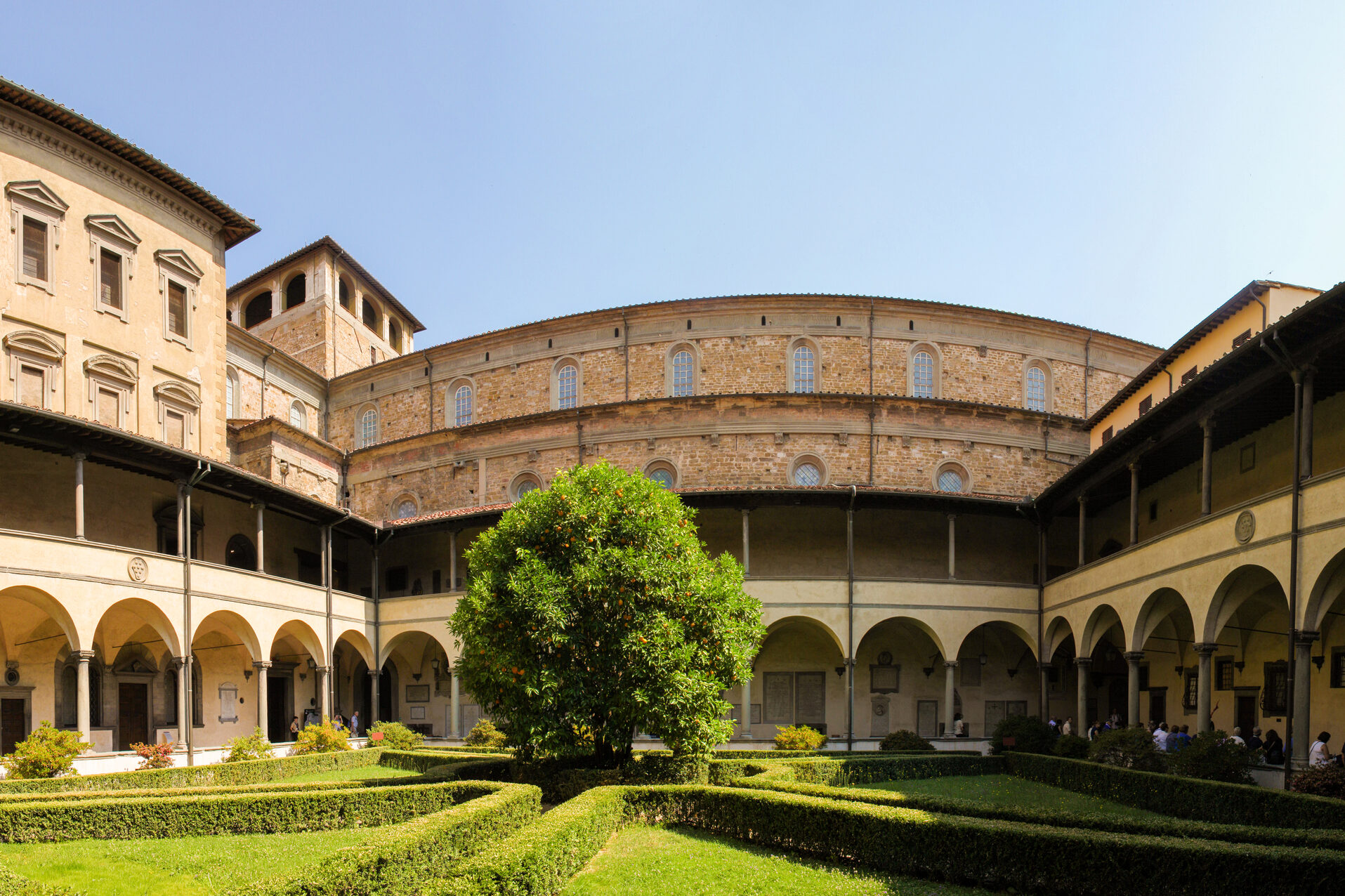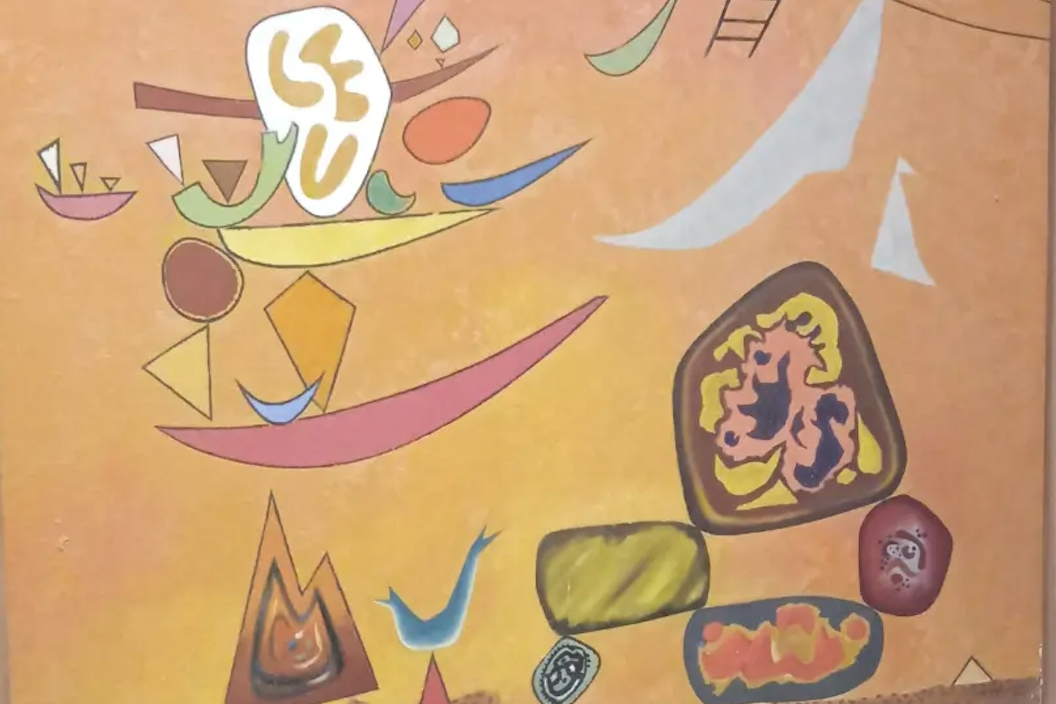If ever there was a “Golden Age” for San Francisco’s Italian Colony, the year 1911 would undoubtedly be the quintessential example of that grand and magnificent period.
From its Gold Rush beginnings, through the building of the colony of Italian immigrants into a cohesive community and bustling economy, through the Great Earthquake and Fire that completely destroyed North Beach, to its amazing rebuilding in record time—San Francisco’s Little Italy had reached a level of comunità by 1911 that would be the envy of other Italian-American colonies throughout the United States.
That year, those who attended the International Exposition in Torino, Italy were presented with copies of a specially-commissioned monograph entitled Gl’Italiani in California. It was written by Ettore Patrizi, publisher and editor of L’ITALIA, the daily Italian-language newspaper with the largest circulation in the western United States. The book publicized the tremendous achie-vements of the Italian immi-grants in California, and especially in San Francisco.
Patrizi proudly proclaimed his beloved Italian community to be La Colonia Modello—the Model Colony—and showed the world a snapshot of what had been accomplished twice: both before and then again after the Great Quake of 1906.
Besides the previously mentioned daily L’ITALIA, the colony had a number of other publications from which to choose. La Voce del Popolo, a more liberal daily, had been founded in 1867. It was later absorbed into Patrizi’s L’ITALIA. The year 1911 also marked the founding of the new Il Corriere del Popolo, whose socialist editor, Carmelo Zito, would become Patrizi’s nemesis during the latter’s declining years.
San Francisco’s Italian Colony boasted no less than four Italian owned and operated banks: La Banca Colombo was founded in 1893 by Giovanni (John) F. Fugazi, who would go on to be known as il papà della colonia for his philanthropic work. La Banca Italo-Americana, had been founded in 1899 by Andrea Sbarboro, who had established the Italian-Swiss Colony.
In 1904 La Banca d’Italia was started by a small group of community leaders, including a former employee of Fugazi’s Banca Colombo, Amadeo P. Giannini. Giannini would go on to become the third president of the bank, which ultimately became known as the Bank of America. Then, a few months following the catastrophe of 1906, Fugazi opened his second bank, La Banca Popolare Operaia Italiana.
Mutual aid societies abounded, including La Società Italiana di Mutua Beneficenza, which had been founded in 1858 and today is the nation’s oldest continually-existing Italian-American organization. The Società had built a hospital in the 1860’s and by 1911 was operating the Italian Cemetery.
It was the Italian Colony that provided the lion’s share of Northern California’s agriculture, viticulture and fishing industries. Men like Achille Paladini, the “fish king,” at one time controlled the vast majority of the fishing industry, and G.B. Levaggi, known as the “olive oil king,” introduced this now stan-dard Italian staple to California for the first time.
Italian culture abounded, and the city’s opera house was the home to such luminaries as Enrico Caruso, Nellie Melba and Adelina Patti. And though the famed coloratura soprano Luisa Tetrazzini was forbidden by contract to perform there, she performed outdoors instead saying famously, “When they told me I could not sing in America unless it was for (Oscar) Hammerstein, I said I would sing in the streets of San Francisco, for I knew the streets of San Francisco were free.” Two hundred and fifty thousand San Franciscans enjoyed her magical performance that Christmas Eve in 1910.
Still reeling from the euphoria of Tetrazzini’s performance, San Francisco’s Italian Colony ente-red the New Year of 1911 at a time when many of the Colony’s pioneers were still walking the streets, its greatest leaders were to be seen wherever one looked, and its future was as bright as the sunrise. Their stories will be shared in future columns, as we take a look back…one hundred years ago in our colony.
Nickolas Marinelli is an aficionado of all things Italian and serves as the Director of Community Relations at the Italian Cemetery in Colma. He can be contacted at: [email protected]





























